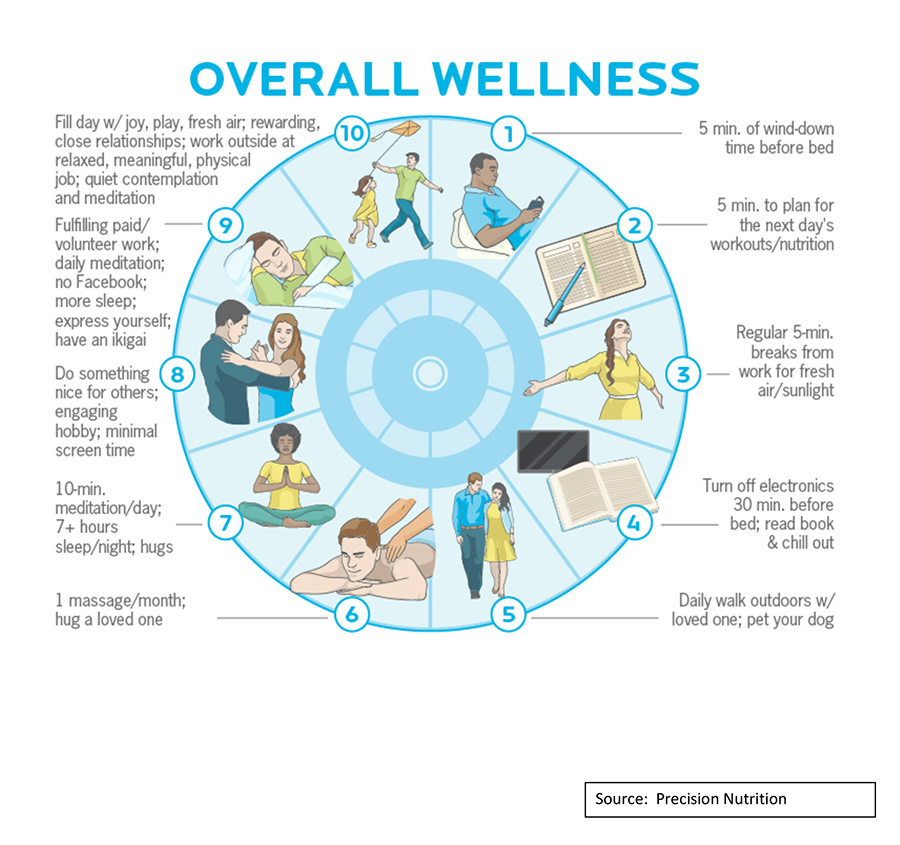The Sustainable Climb: How to Pursue Personal Growth Without Burning Out

Image via Pexels
There’s an unspoken pressure these days to be in a constant state of transformation. Everyone’s chasing a better version of themselves—smarter, fitter, richer, calmer—but the pursuit can often feel like a full-time job. That drive to self-optimize can turn toxic quickly if you’re not careful. Personal development should feel like planting a garden, not sprinting up a mountain with a boulder on your back.
Set Goals That Don’t Sabotage You
It’s easy to get swept up in big dreams and lofty timelines, but if your goals are vague or unrealistic, they’ll work against you. You need to create benchmarks that are specific, measurable, and have a clear deadline. Instead of saying “I want to read more,” try “I’ll finish one book every month for the next three months.” That clarity not only gives you direction, but it also gives you small wins to check off along the way, which builds momentum without overwhelming you.
Align Your Career With Your Growth
Finding your dream job isn’t just a milestone—it’s a key part of your long-term personal growth strategy. To even get in the door, you’ll need to prepare a standout resume that reflects not just what you’ve done, but where you’re headed. Each time you apply, tailor your resume to the specific role by adjusting the keywords in your skills section to match what that particular employer values most in a candidate. If you’re looking for guidance on how to write a resume that gets noticed, focus on clarity, relevance, and making your growth story impossible to ignore.
Protect Your Peace With Relentless Self-Care
When you’re constantly pushing forward, it’s easy to treat rest like a luxury rather than a necessity. But if you’re not recharging your physical and emotional batteries, everything else you’re trying to build will suffer. Self-care doesn’t have to mean spa days or bubble baths—it can be as simple as staying hydrated, getting enough sleep, or turning off your phone after a certain hour. The key is making these habits non-negotiable, something you prioritize not when you’re exhausted, but before you get there.
Pick the Right Online Program for Your Path
If going back to school is part of your personal development plan, choosing the right online program can make all the difference in staying committed and avoiding burnout. Online education now offers a wide variety of programs to fit almost any goal—for example, if you’re an RN looking to advance, you can take online courses toward your BSN. Flexibility, accreditation, and alignment with your long-term vision are key factors to consider when making your choice. If you find a program that supports your lifestyle and builds on your current experience, this is a good one to include in your strategy.
Learn to Master the Clock Before It Masters You
Time doesn’t stretch, but how you use it can change everything. When your days feel chaotic or unproductive, it’s not always because you’re lazy—it’s often a signal that your time management system is broken or missing. Try time blocking, prioritizing tasks with a method like Eisenhower’s Matrix, or simply planning tomorrow before today ends. When your time has structure, your goals stop feeling like chaos and start feeling like a rhythm you can follow without getting lost.
Make Mindfulness Your Daily Anchor
The chaos of constant self-improvement can disconnect you from the present moment. You can start obsessing about what’s next and overlook where you are. That’s where mindfulness and meditation come in—not as spiritual buzzwords, but as tools to ground you. Taking even five minutes a day to breathe deeply and clear your head can help you step out of reactive mode and back into intentional living, where your progress feels aligned rather than frantic.
Celebrate Every Win Like It Matters—Because It Does
You might be waiting for some huge milestone before you feel like you’ve “earned” a moment of pride. But the truth is, every small achievement on the way there is a building block. Celebrating the little things—completing a workout, sticking to your schedule, saying no when you need to—creates a positive feedback loop. You start to associate growth with joy instead of just pressure, which makes the entire journey more sustainable and more rewarding.
Choose the Long Road Over the Fast Lane
The truth is, you’re not a machine designed to optimize every minute of your life. You’re a human being, and your journey of personal development should reflect that—imperfect, varied, and fueled by curiosity rather than self-criticism. If you’re serious about improving without burning out, it starts with redefining what success even looks like. It’s not constant hustle or flawless execution—it’s the ability to keep moving forward with intention, care, and a rhythm that lets you breathe.
Embark on a transformative journey with Healing Bridges and discover the profound benefits of integrating mind, body, heart, and spirit for holistic well-being.



 What if you were able to reduce the stress in your everyday life just by looking? Or what about improving one’s mood? How would you do that?
What if you were able to reduce the stress in your everyday life just by looking? Or what about improving one’s mood? How would you do that?